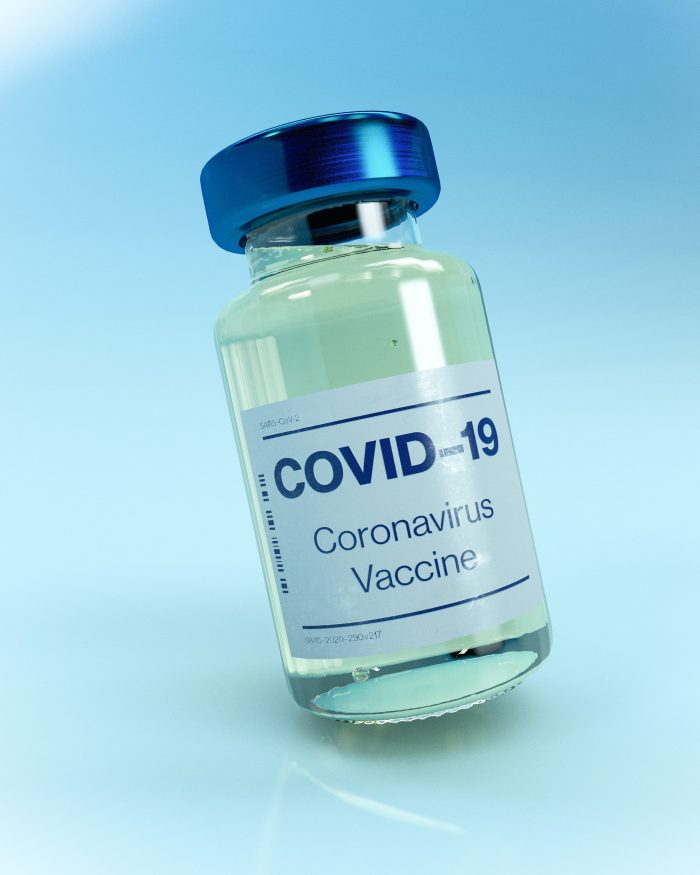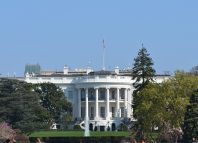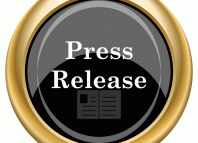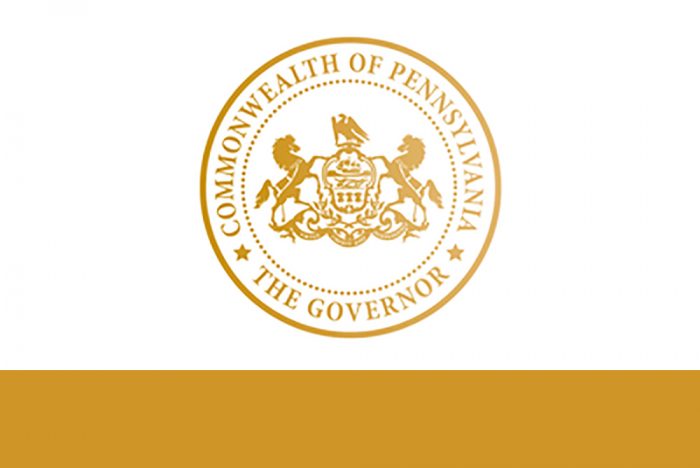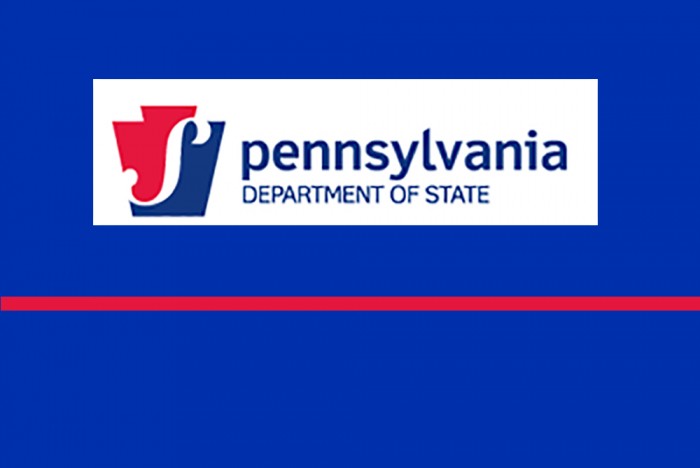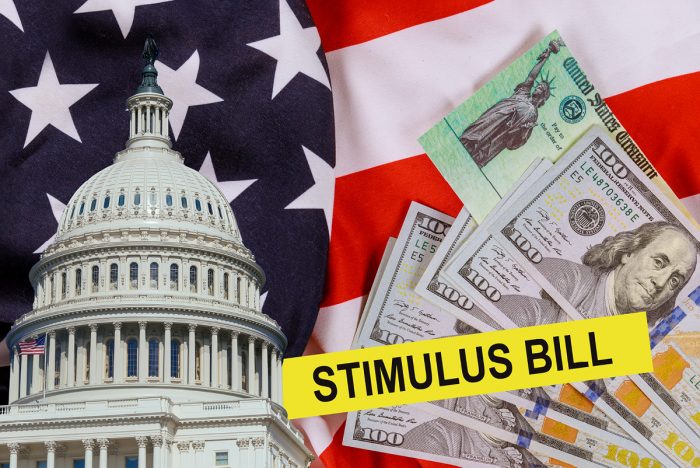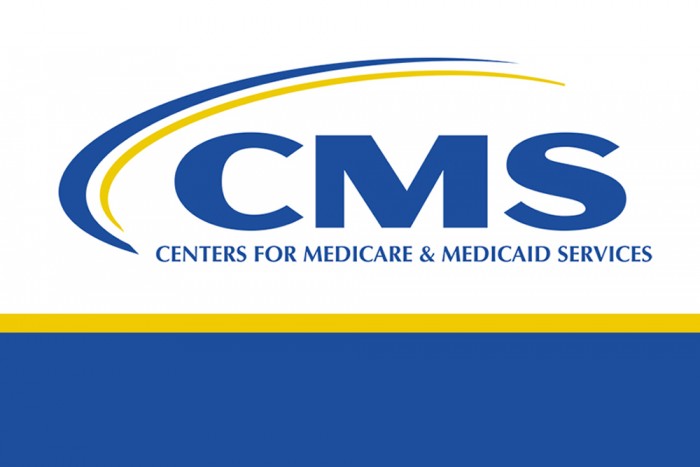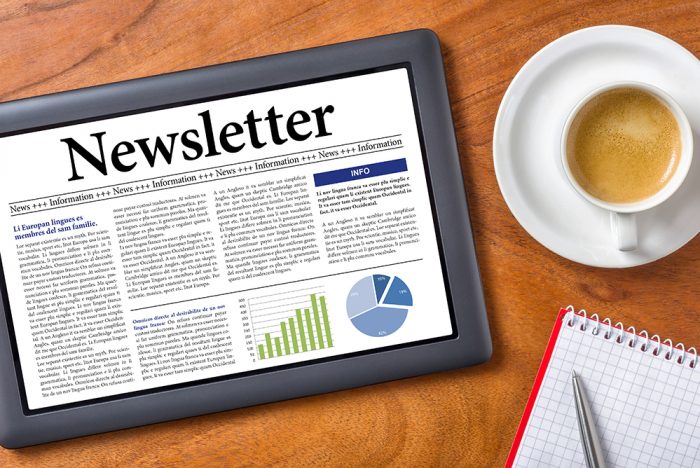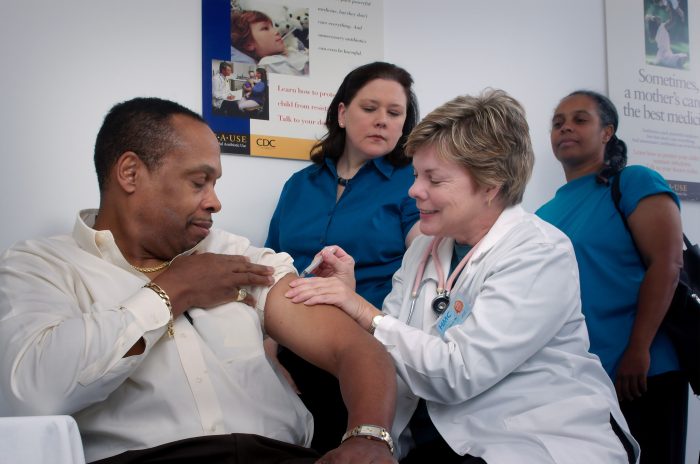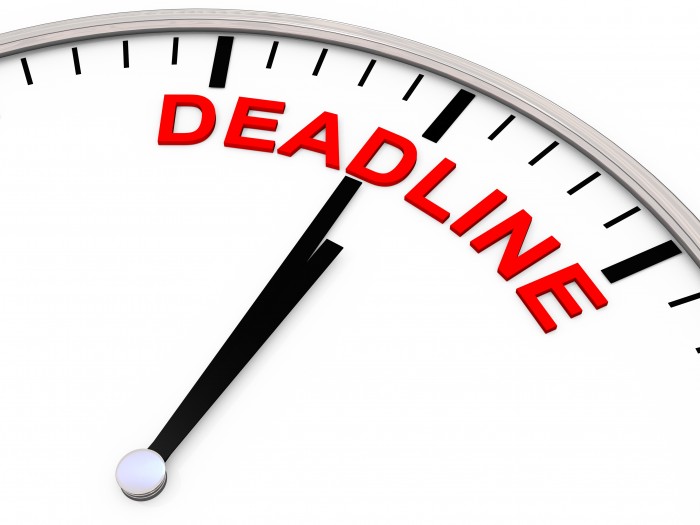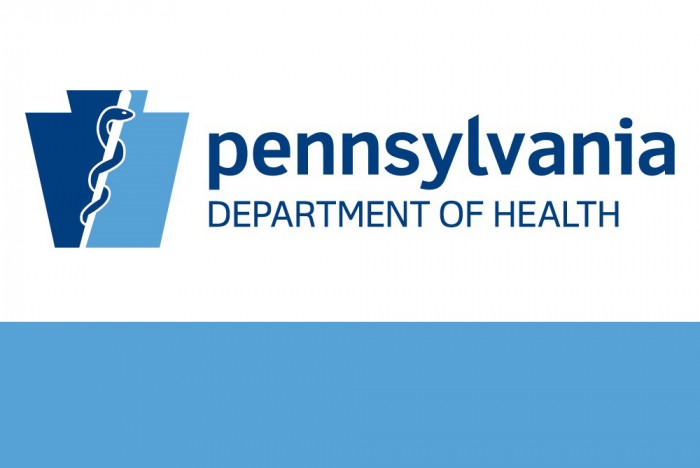FOR IMMEDIATE RELEASE
December 22, 2020
View Online
Harrisburg, PA – Today, Governor Tom Wolf thanked congressional lawmakers for responding to the needs of the American people and passing a second federal COVID-19 Emergency Relief Package. The governor released the following statement:
“The COVID-19 relief package passed yesterday by Congress is long overdue. The emergency relief funds authorized under the CARES Act were crucial to helping our nation survive the spring surge of COVID-19, but those funds expired while desperate need remained. Americans continue to struggle due to the economic consequences of this global pandemic.
“Now, as our commonwealth and our nation face an unprecedented surge of COVID-19, this new aid package is a necessary step toward meeting the needs of our people and helping Pennsylvania families and businesses survive the upheaval caused by this dangerous virus. I thank all the members of Congress who worked to pass this bipartisan package.
“This aid package provides direct payments to individuals, protects unemployment benefits, funds a new round of Paycheck Protection Program loans, supports education, establishes rental assistance, and secures funding for contact tracing, testing, and vaccine distribution. It will provide vital support for individuals, families, workers, and small businesses in Pennsylvania.
“It is a vital step in our efforts to meet the needs of Pennsylvanians, but it cannot be the last step. More funding is needed for restaurants and bars as well as the service industry more broadly. More funding is needed for direct payments to individuals and families. More funding is needed for state and local governments and the critical services they provide.
“We should celebrate the aid this bill has secured, but we need to continue advocating for the additional support that Pennsylvanians – and all Americans – need during these difficult times. Nine months have passed between the CARES Act and this second COVID-19 relief package. For our congressional leaders, I have one plea: Do not let your constituents suffer for another nine months without the additional aid they desperately need.”
MEDIA CONTACT: Lyndsay Kensinger
